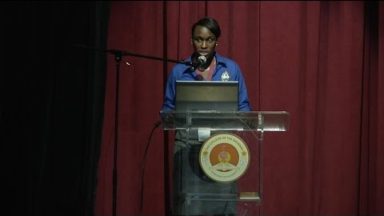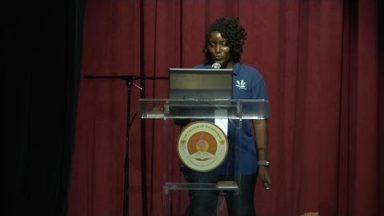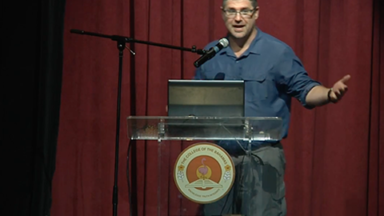Queen Conch (Lobatus Gigas) Population Density predicted by benthic habitat in The Bahamas
Presented by Andrew Kough
Andrew Kough, Sarah Lovett, Candice Brittain, and Nathan Truelove
The iconic queen conch (Lobatus gigas) is an economically and culturally important species in much of the Caribbean. However, heavy harvest has proved unsustainable and pushed conch populations into decline. As a result conch populations are now threatened or endangered throughout most of their range. Conservation efforts in The Bahamas are underway to promote a sustainable fishery, but first the remaining populations need to be assessed, a particularly challenging goal given the patchy distribution of conch in habitats where they occur. For a decade, towed observer surveys have been used to describe the coarse densities of conch over wide swathes of The Bahamas. We added a digital record to over 100 km of traditional towed surveys in the Exuma Islands, the Sandbores at the southern end of the Tongue of the Ocean, and in the Schooner Cays by including a continuous stream of geolocated images of the seafloor to complement counts of queen conch. We assembled photomosaics of our tows and classified benthic habitat into seagrass (3 densities), sand, rubble, gorgonian plain, patch reef, and hard-bottom. Habitat quantities (m2) were factors in multinomial generalized linear regression model analysis of the variable response conch abundance. Our model can be applied to existent satellite habitat maps compiled by the Bahamas Biocomplexity Project, to predict conch population sizes and properly parameterize models of larval transport. Furthermore, our modified survey method can ground-truth satellite datasets, is a low-cost marine habitat mapping technique, and is an effective tool for surveying rare or elusive species in benthic marine systems.







Recent Comments